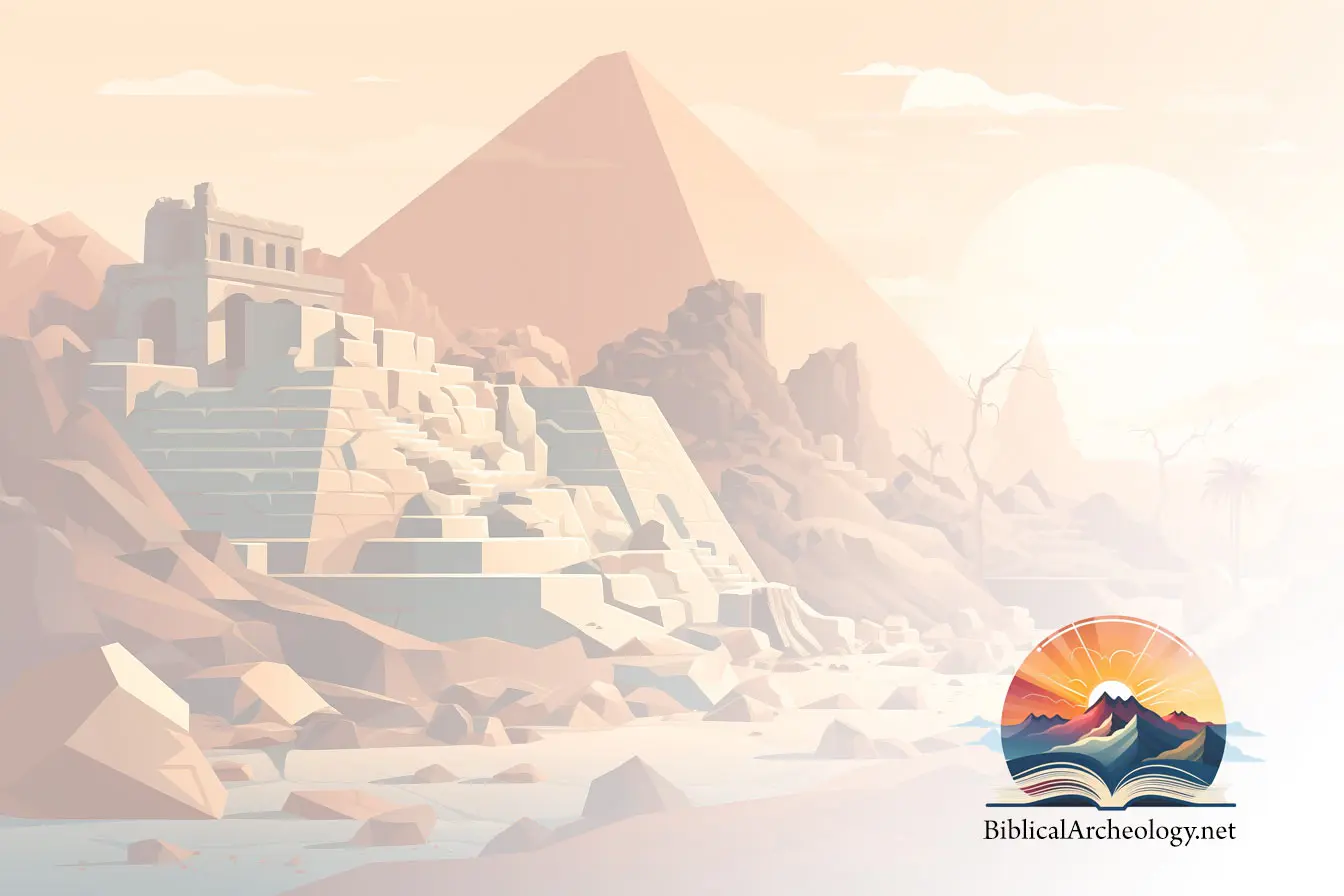When Howard Carter finally cleared his way into the tomb of Tutankhamun he found the chambers crammed full of treasure, lying around in glorious disarray. In one corner stood a couple of chariot bodies and neatly stacked on the floor in front of them were their gilded wheels. As Carter slowly cleared the tomb he may well have thought that the chariots and their wheels were separated merely for ease of packing, but in actual fact chariots were always stored without their wheels.
The essence of the Egyptian war chariot was its light construction. In the reliefs at Medinet Habu showing the battles between Rameses III and the Peoples of the Sea, considerable play is made of the fact that these people only had heavy, lumbering wagons, while the Egyptians were equipped with light, speedy chariots. It was the chariot’s lightness that made it so fast and so manoeuvrable, thereby enabling the Egyptian chariot corps to swoop down on the enemy, strike him hard with a hail of arrows, and then wheel away before the enemy could react. Lightness was achieved by careful use of suitable materials. The body of the chariot was basically a wooden platform underneath which ran the axle and from the front of which projected the pole to which the horses were harnessed. On three sides of this platform was a light wall, often of nothing more substantial than wickerwork, which served to keep the charioteer and his fighter in the chariot as it careered over rough ground. Like modern bicycle wheels, the wheels of a chariot had spokes which were held in tension, pulling against one another in order to keep the wheel circular.
Unlike a modern bicycle wheel, however, Egyptian chariots only had four spokes. Bicycle wheels rely on 28 or 32 thin metal spokes, evenly spaced about the rim, to hold the wheel in shape. The Egyptians did not have metal spokes and so, in order to maintain that all-important lightness, they had to cut down on the number of spokes. This meant that between each spoke there was virtually a quarter of a circle without any support at all. While the chariot wheel was turning, this didn’t matter very much, for every part of the wheel in rapid succession was subject to the same forces and so they tended to cancel out. When the chariot was stationary, however, things were very different.
All materials tend to creep, that is, to deform permanently or semi-permanently to a force that is acting upon them. Wooden bookshelves are notorious for this: unless they are well supported they tend to sag in the middle and even when the weight of the books is removed, the wood remains bowed. Under the weight of the chariot body, the part of the wheels in contact with the ground tended to deform and become flat instead of round.
The ancients were well aware of this problem and in order to obviate it they customarily removed the wheels of their chariots, even when only resting overnight. (An alternative was to tip the chariot up on its back edge so that the wheels were off the ground.) Homer makes several references to this practice in his Odyssy (Book IV) and other ancient writers also refer to it.
We see, then, that this is a common problem. The solution, alas, is not so common. The state coaches used by Britain’s royalty are only brought out occasionally; the rest of the time they stand in splendid garages where they are viewed (for a price) by the curious public. The said public would be most unhappy to discover the royal conveyances without their wheels, and so these heavy vehicles – the great golden coach of state weighs several tons – stand on their wooden wheels day in and day out. In consequence, when they are used they tend to rock up and down as the wheels revolve around to the flat spot and visiting heads of state have been known to emerge quite queasy from the trip down the Mall.
Tutankhamun’s chariots emerged from their thousands of years of storage in perfect condition, thanks to the fact that their wheels were removed. Visitors who admire them in the Cairo Museum will note that their wheels are firmly in place on the ends of the axles. Tutankhamun would have sacked the man responsible.
Article used with permission of Diggins Online. You can find more useful material at Apologtetics Courses, Free Courses and Brethren Assembly. Secular materials can be found at Coins Encyclopedia and Guide For Income


